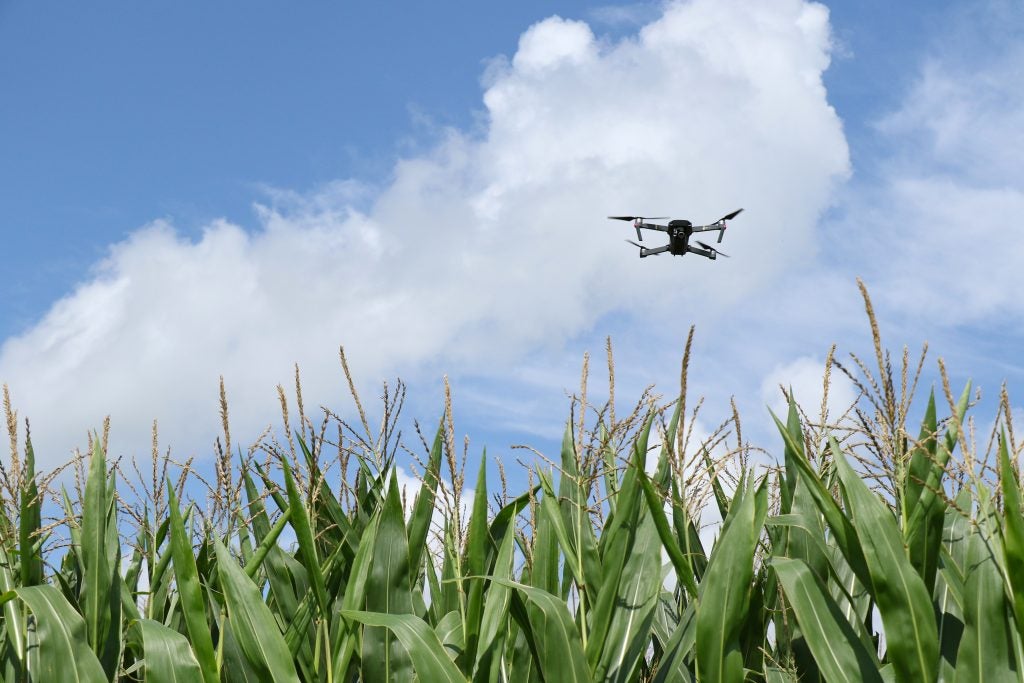When most Americans think about our nation’s notable environmental policies, they probably think about the Clean Water Act, the Clean Air Act or the Endangered Species Act. They probably aren’t thinking about the farm bill.
But they should be.
President Trump just signed into law the 2018 farm bill – an $867-billion piece of legislation upon which millions of Americans depend for global trade, food production, nutrition assistance and conservation funding.
Most people don’t know that the farm bill is in fact the single largest federal source of funding for conservation on private working lands.
Importantly, Republicans and Democrats worked together to make sure those funds didn’t take a cut, and the 2018 farm bill went even further to recognize the role that America’s vast farms and ranches can play in building resilient land and water systems that will allow people and nature to thrive on a changing planet.
Here are two key reasons why I believe the 2018 farm bill could be a watershed moment for conservation in America.
1. It signals the start of a new conservation era, focused on technology and resilience
The 2018 farm bill is the first of its kind in that it recognizes that the agricultural system will need to adapt to a changing climate. It does this in two key ways.The new farm bill provides a path toward a more resilient future – both for the ag sector and for all of us who rely on abundant food and clean water. Share on X
First, it charges the ag sector with adapting quickly to new science and technology.
For example, the U.S. Department of Agriculture must issue a report to Congress within the next year about how the agency could bring its siloed data into a single database without compromising privacy. Such a database would bring the big data revolution to agriculture by allowing researchers to gain valuable insights into how conservation practices impact farm and ranch profitability and risk management in the face of market fluctuations and climate change.
The farm bill will also modernize the standards that define how USDA implements farm bill conservation programs to reflect the latest scientific, engineering and technological innovations that farmers are already using.
Second, it places a new emphasis on soil health and climate resilience.
Throughout the farm bill, conservation program descriptions have been updated to include soil health and carbon sequestration as targeted outcomes, earmarking $25 million annually for on-farm conservation innovation trials that test emerging conservation approaches.

USDA recently announced $600 million in loans and grants to expand high-speed broadband access for rural homes, businesses and farms. These infrastructure upgrades will help unleash the full potential of digital farming.
These upgrades come at a critical moment as farmers are dealing with increasingly costly droughts, floods, fires and freezes – on top of all of the other day-to-day stressors.
2. It’s the only conservation bill that Trump has signed into law
The 2018 farm bill was a truly bipartisan bill, and that’s exactly why it was so successful.
The Senate and House passed the farm bill with overwhelming majorities – 87-13 and 369-47, respectively – making it essentially veto-proof. These historic margins demonstrate that conservation remains a bedrock American value.
But this kind of victory for farmers and the environment wouldn’t have been possible without the bipartisan leadership of:
- Sens. Debbie Stabenow (D-Mich.), Pat Roberts (R-Kan.), John Thune (R-S.D.), Amy Klobucher (D-Minn.), Joni Ernst (R-Iowa) and Sherrod Brown (D-Ohio).
- Reps. Collin Peterson (D-Minn.), Mike Conaway (R-Texas), Jim Costa (D-Calif.) and Michelle Lujan Grisham (D-N.M.).
Their achievements in passing the farm bill are a testament to the power of collaboration – of both sides of the aisle working together to forge solutions.
Fortunately, the 2018 farm bill provides a path toward a more resilient future – both for the ag sector and for all of us who rely on abundant food and clean water.
This holiday season, I’m especially grateful to the producers and policymakers who made this farm bill happen, and I look forward to working with them to implement it in the new year.









